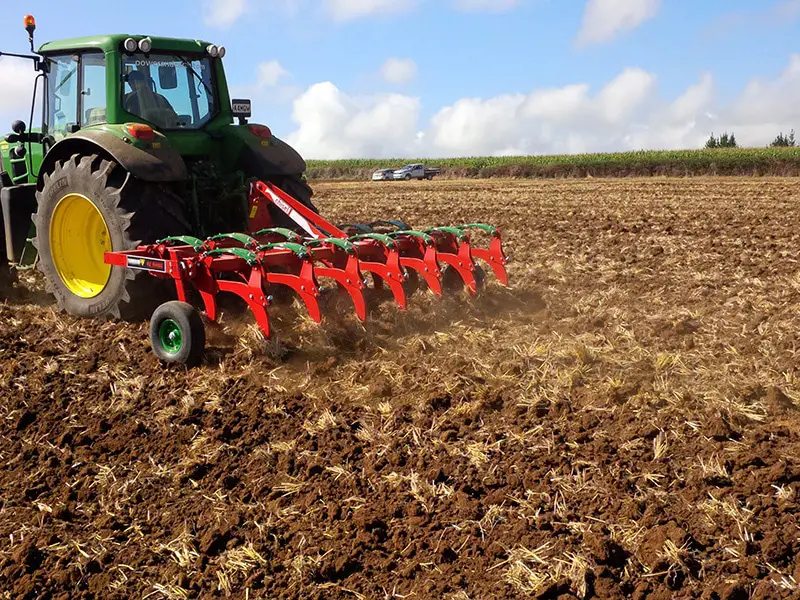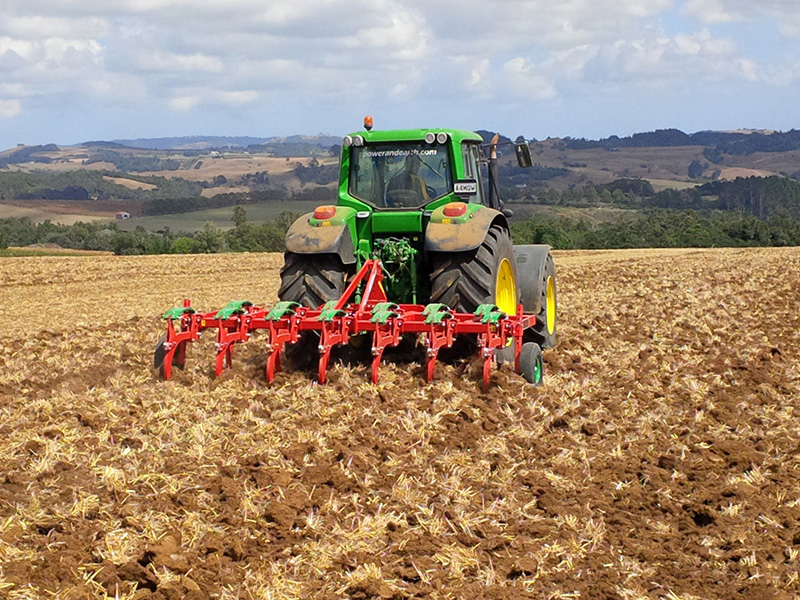Agriculture's backbone is the soil. As a result, prior to farming, it is critical to understand soil. There are many different types of soil; some are loamy and productive, while others are sandy and infertile. Every crop requires a different type of soil. Crops cultivated in fertile soil will not necessarily yield since yield preparation of the soil is necessary for better quality. There is different machinery and attachments like leaf springs used in order to get the right soil and several methods are also there that are used by farmers to get the desired yield from crops. In this blog, we will discuss some of these procedures, and we have also shared some relevant information that will help you in your farming journey.
Let's look at the varieties of soil, as well as soil preparation procedures.
What is Soil Profile
Under particular environmental conditions, soil formation is the consequence of a combination of physical, chemical, and biological processes. The soil is made up of both biotic and abiotic elements. Microorganisms, worms, minerals, decomposing organic debris, humus, and elements such as water and air are all present in the soil, making it fertile and nutrient-rich. There are three types of soil: sandy soil, clayey soil, and loamy soil. The loamy soil is more conducive to farming. The following are features of an excellent agricultural soil:
- Capacity to store water
- Appropriate aeration
- Consistency is important (texture)
- Acidity and alkalinity are in balance.
- nutrient-dense (micro and macronutrients)
Soil for Agriculture
Because no soil is perfect, soil preparation is required both before and after cultivation. Because continual farming can deplete soil fertility, it is prepared prior to seed sowing to replenish soil contents. Ploughing, levelling, and manuring are the three processes of soil preparation in agriculture.
Ploughing
Ploughing is the process of loosening and excavating dirt. Ploughing loosens the soil, allowing nutrients from deep in the soil to rise to the surface. Aeration of the soil will also make improvements, allowing for more oxygen to be accessible, and easier penetration of roots between layers of soil. Ploughing is also used for manure integration, weed uprooting, and the elimination of infectious diseases, insects, and other pests. For this purpose, iron ploughs are utilised. This plough is pulled by tractors. Another instrument for uprooting weeds and loosening soil is the hoe.
Levelling
After ploughing, the earth is levelled to help with even distribution. This is done with a wooden or iron board. Water distribution is also aided by levelling, as it prevents logging during irrigation.
Manuring
Manure is added in the later phases of farming after ploughing and levelling. Manuring is done to refill the soil with nutrients, allowing the crop to grow properly.
Soil preparation creates a fertile agricultural land with optimum soil that is ready for farming. Farmers can produce a better product by manuring and removing weeds at a regular interval. For more information about leaf springs and farm equipment visit our website now.
0







